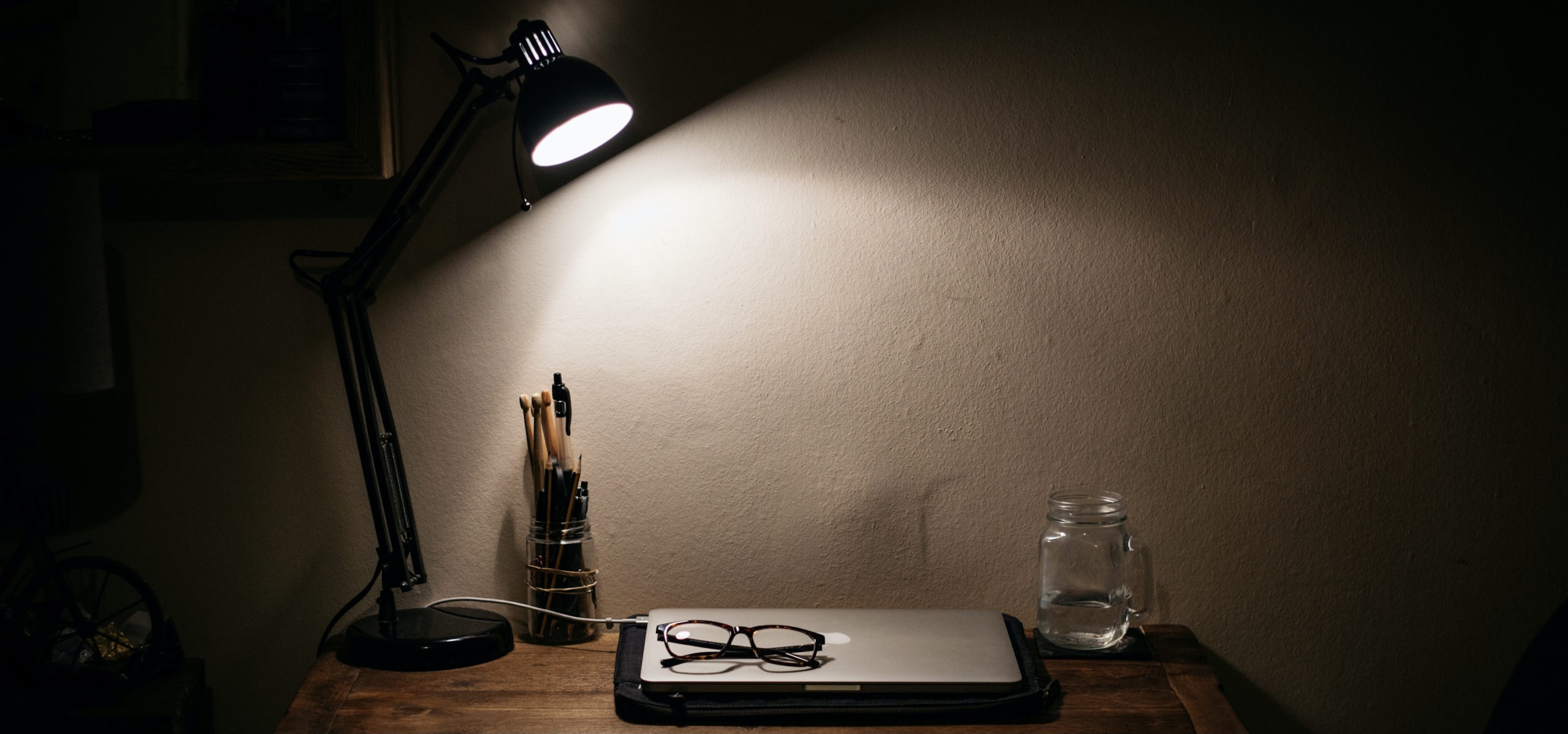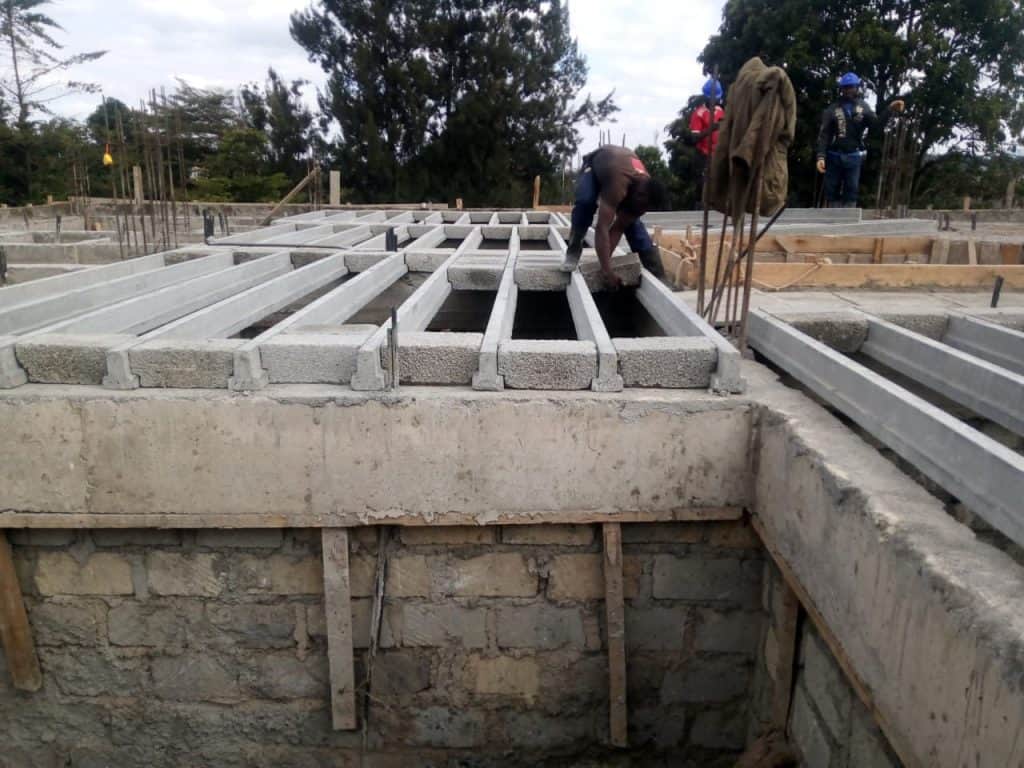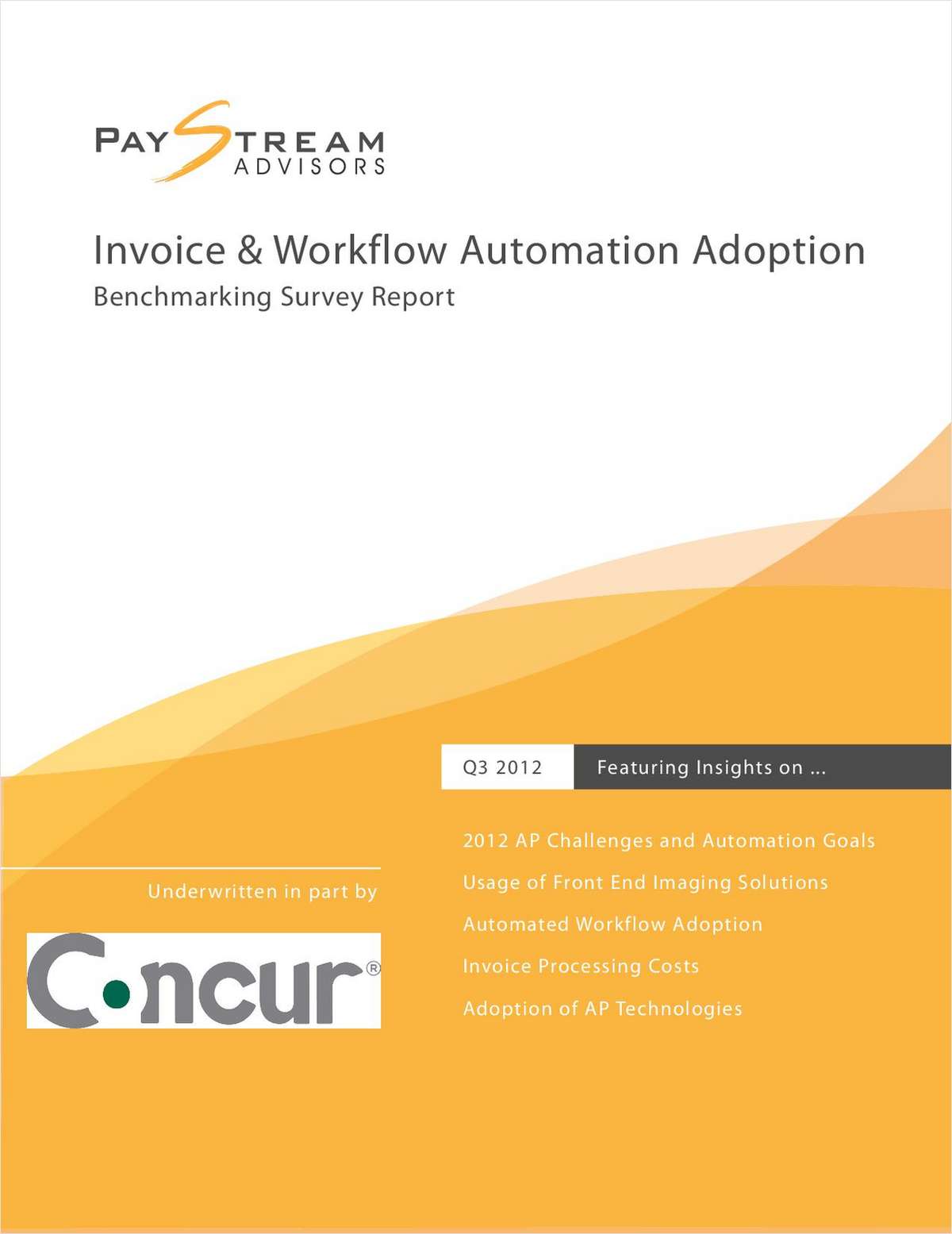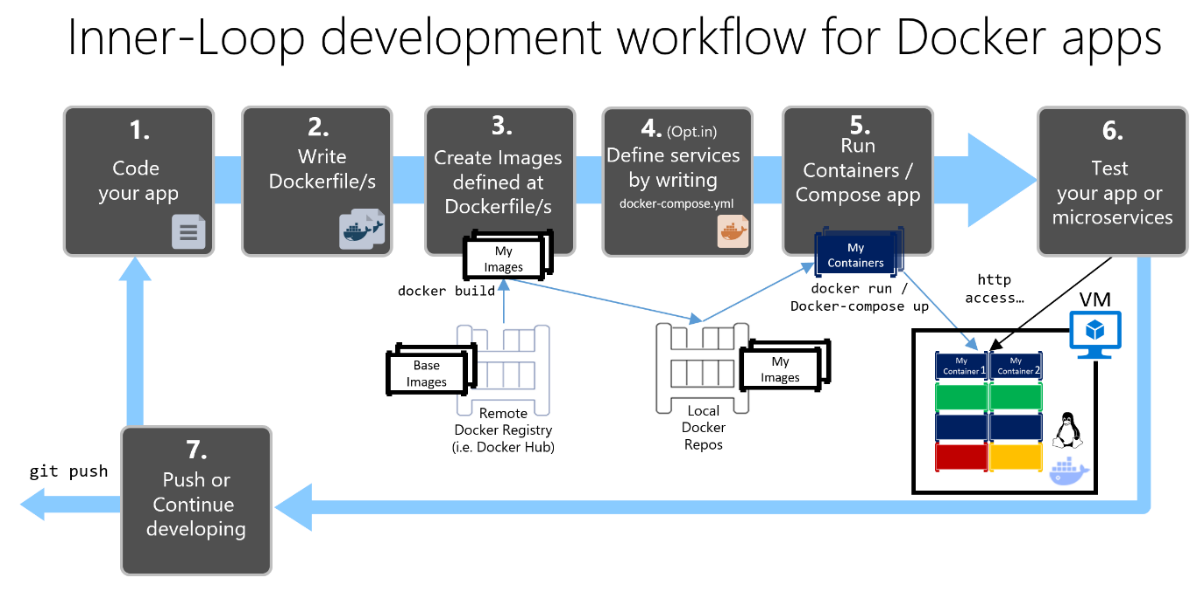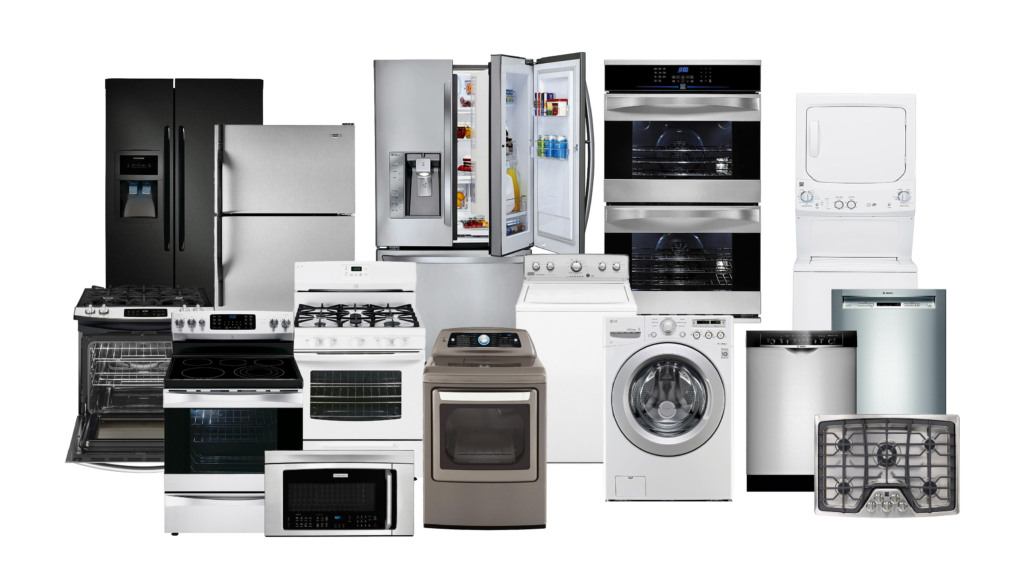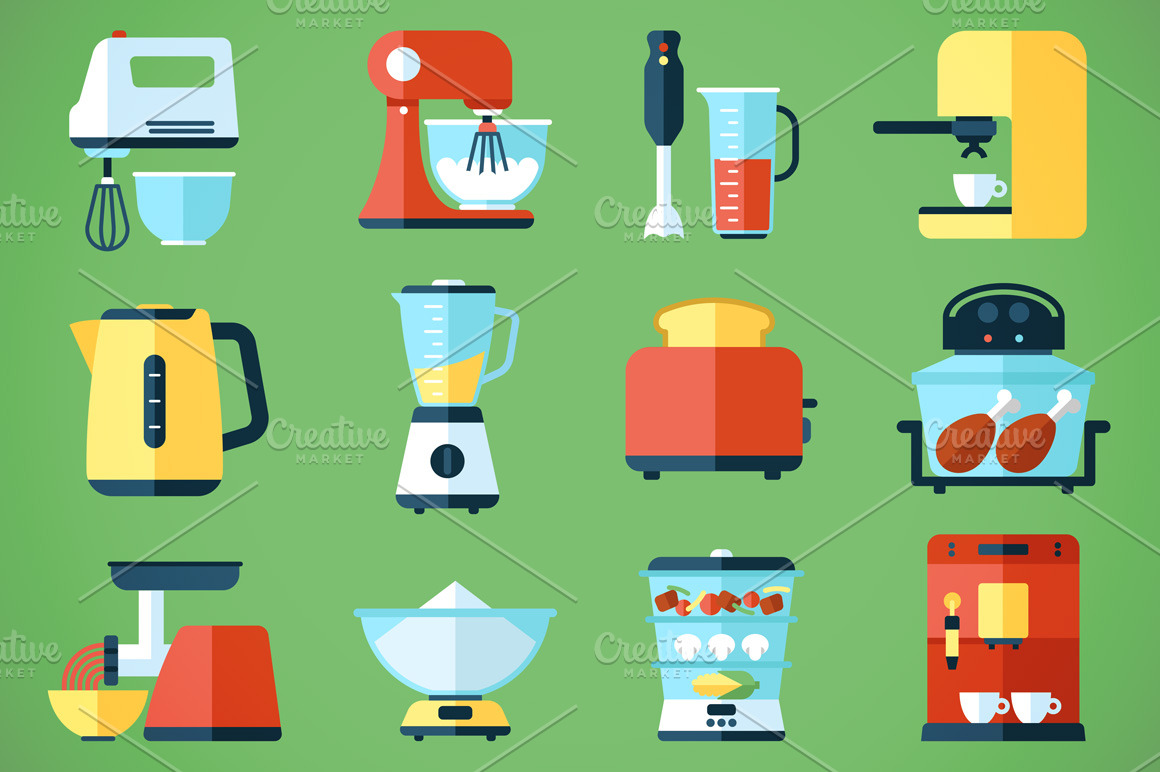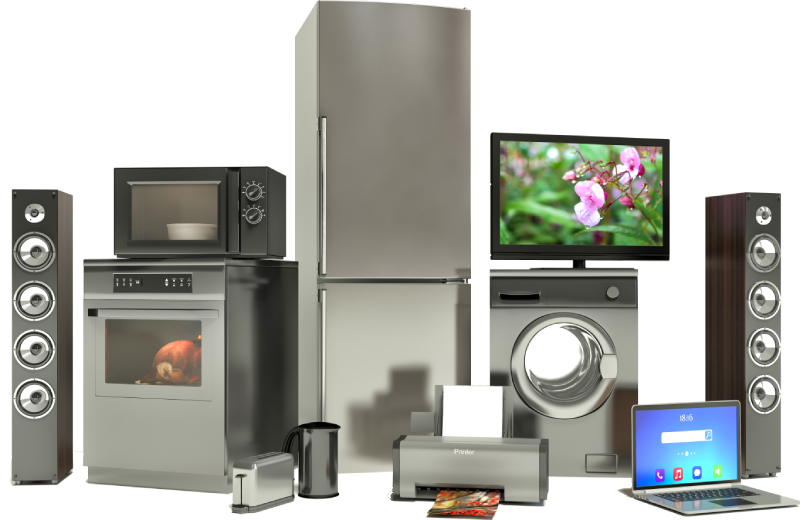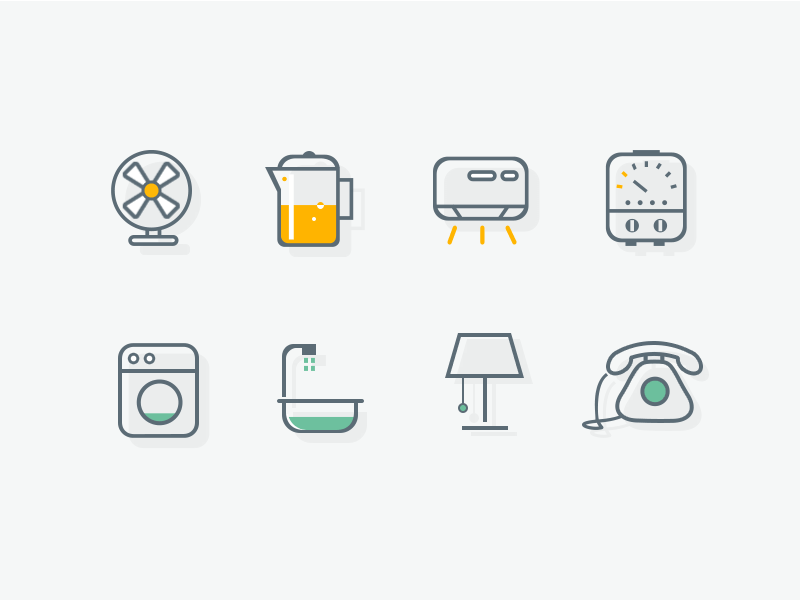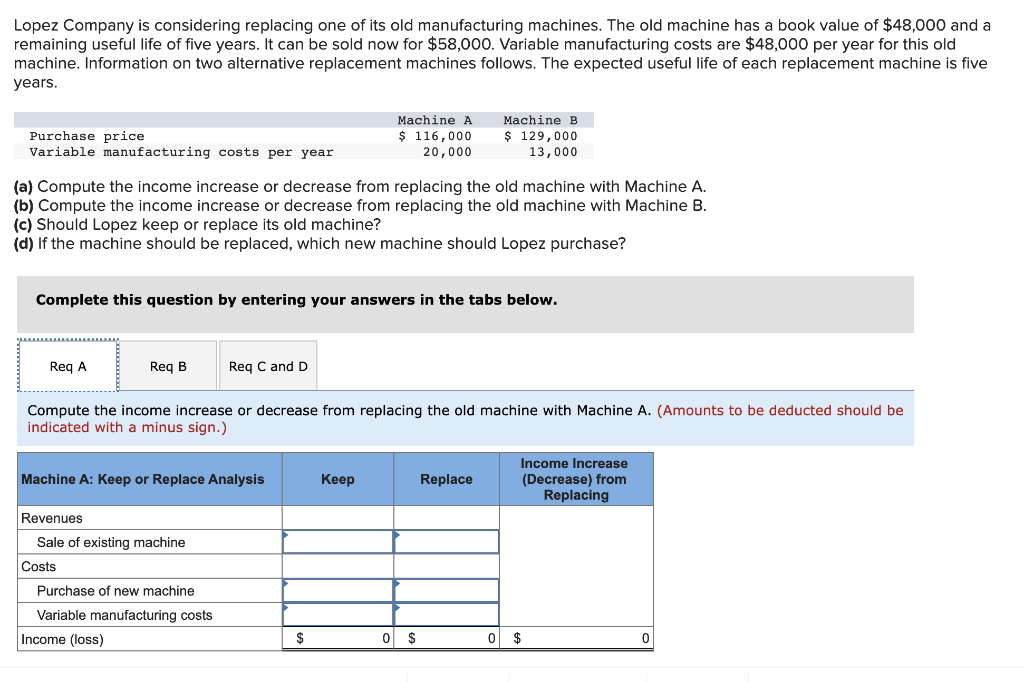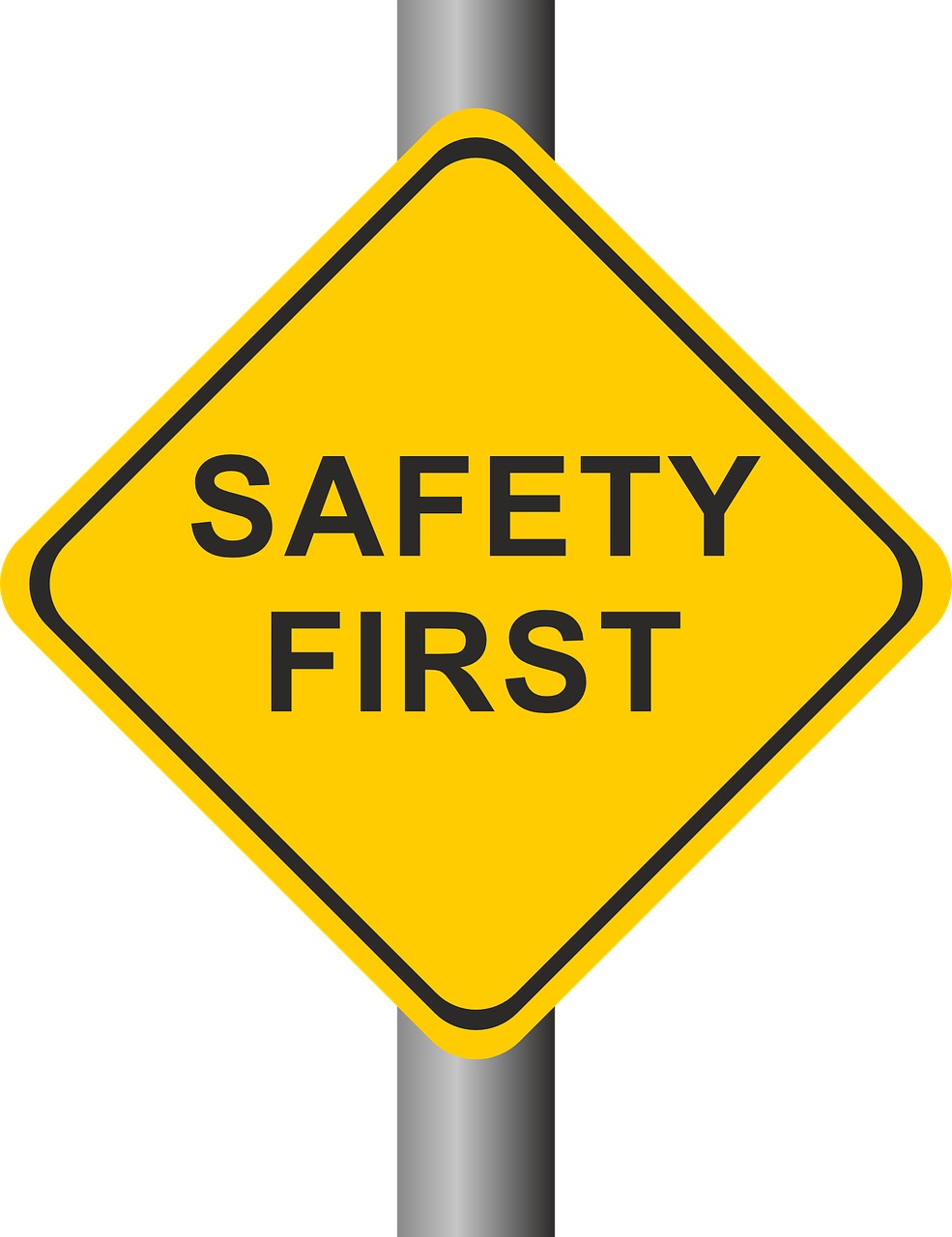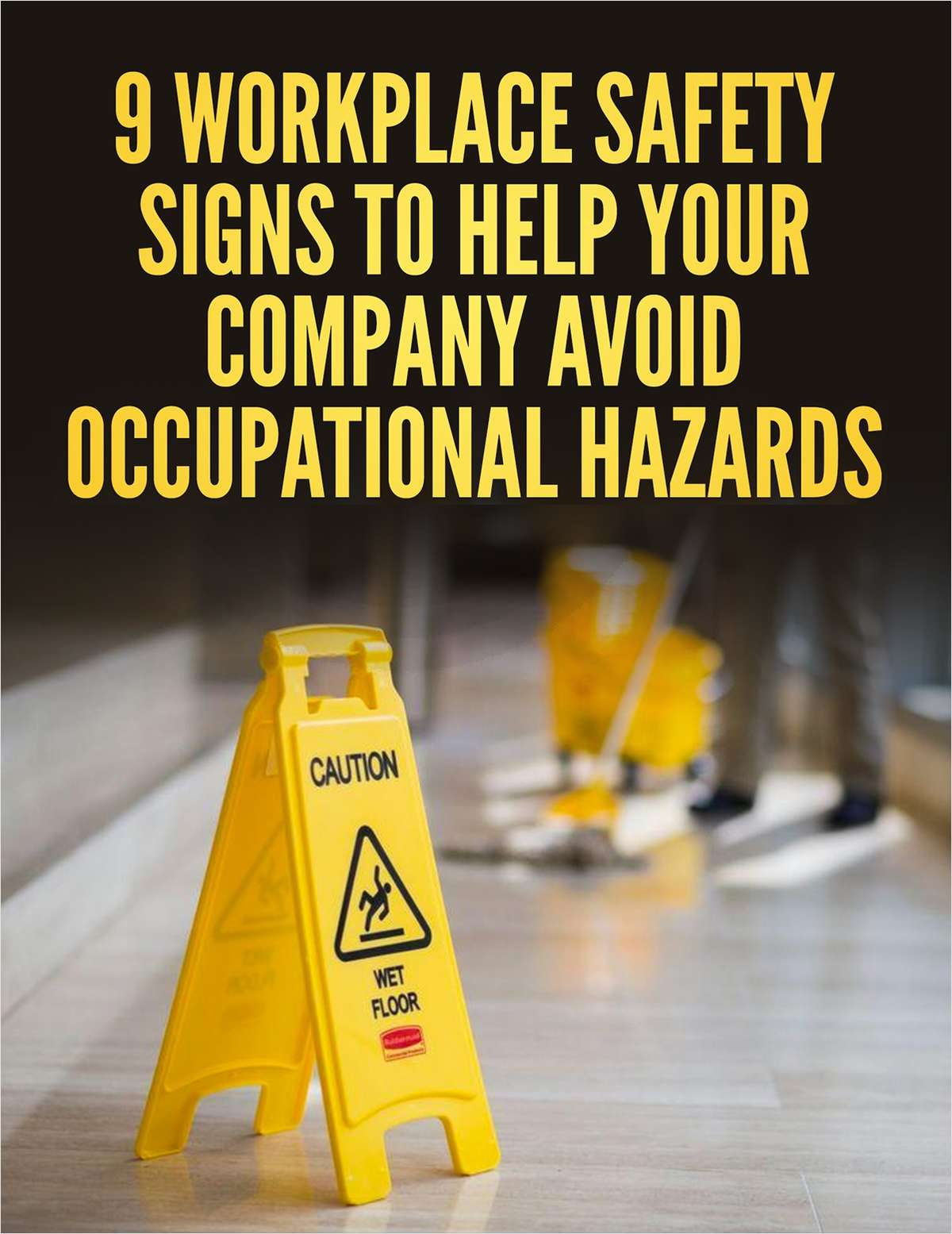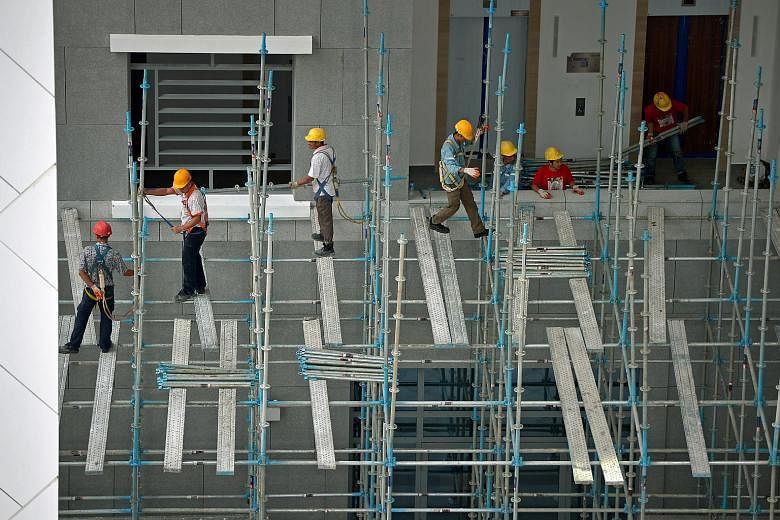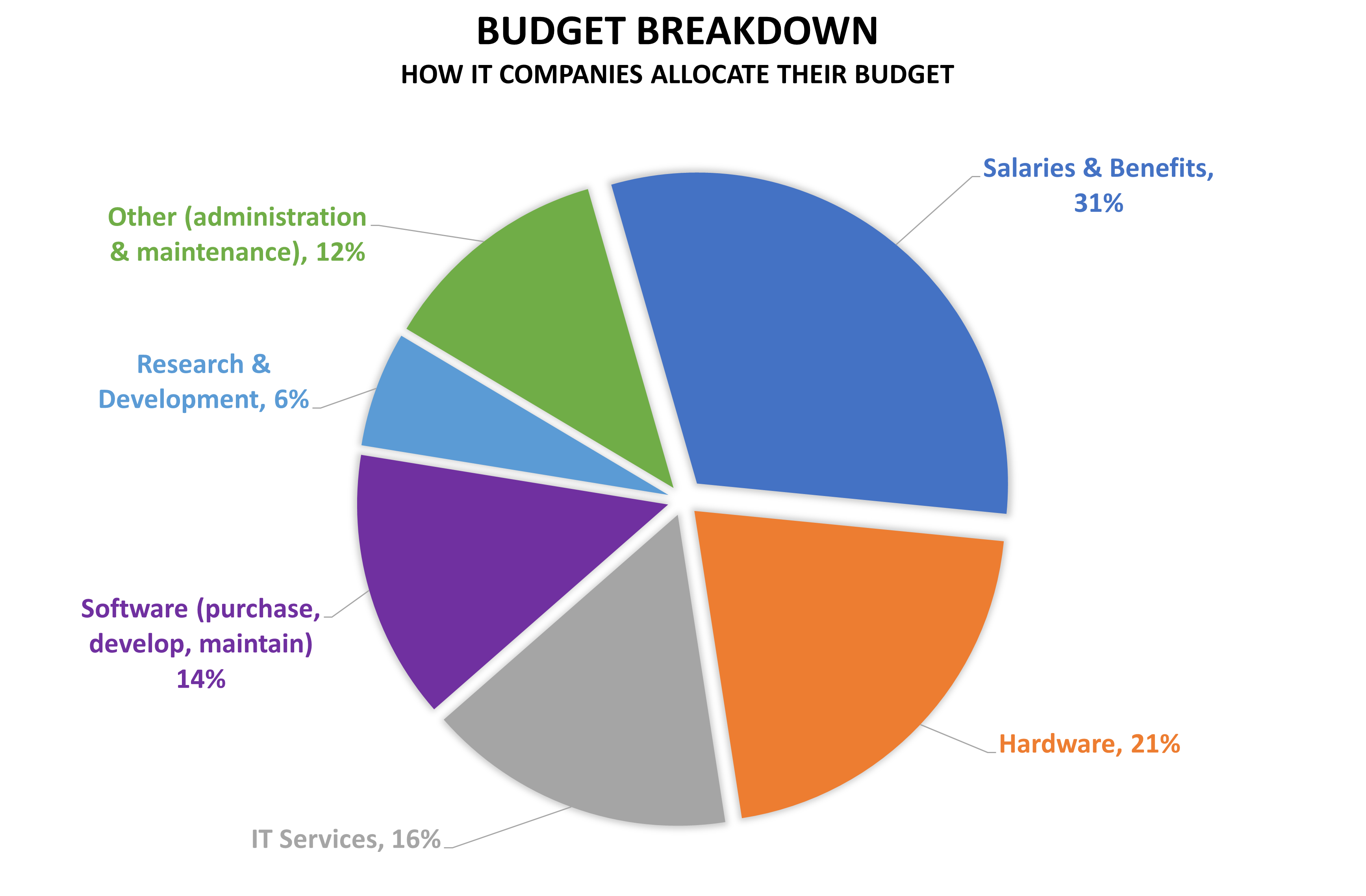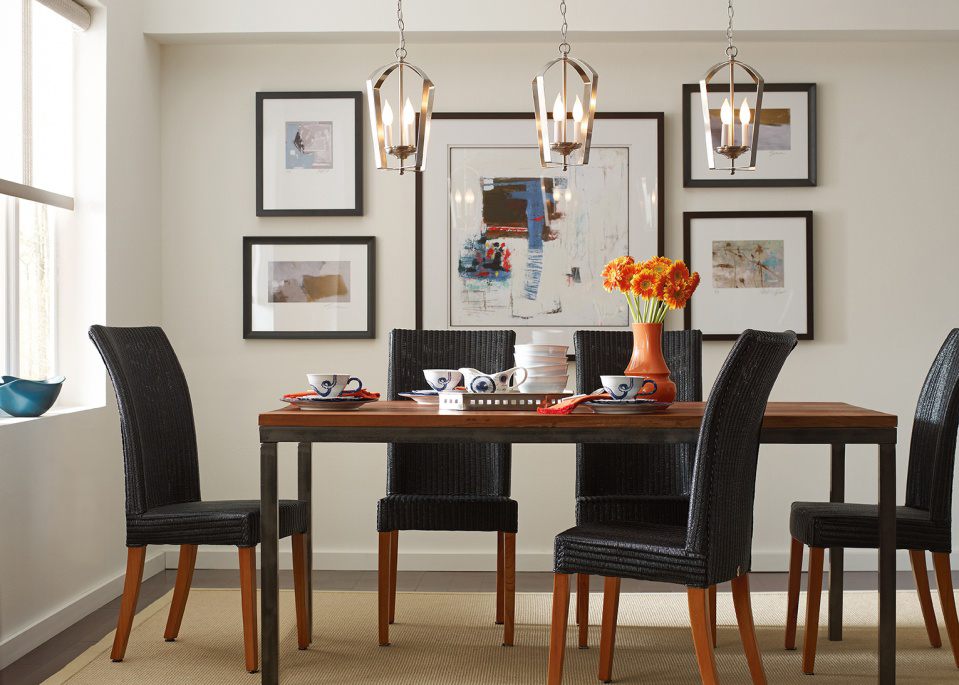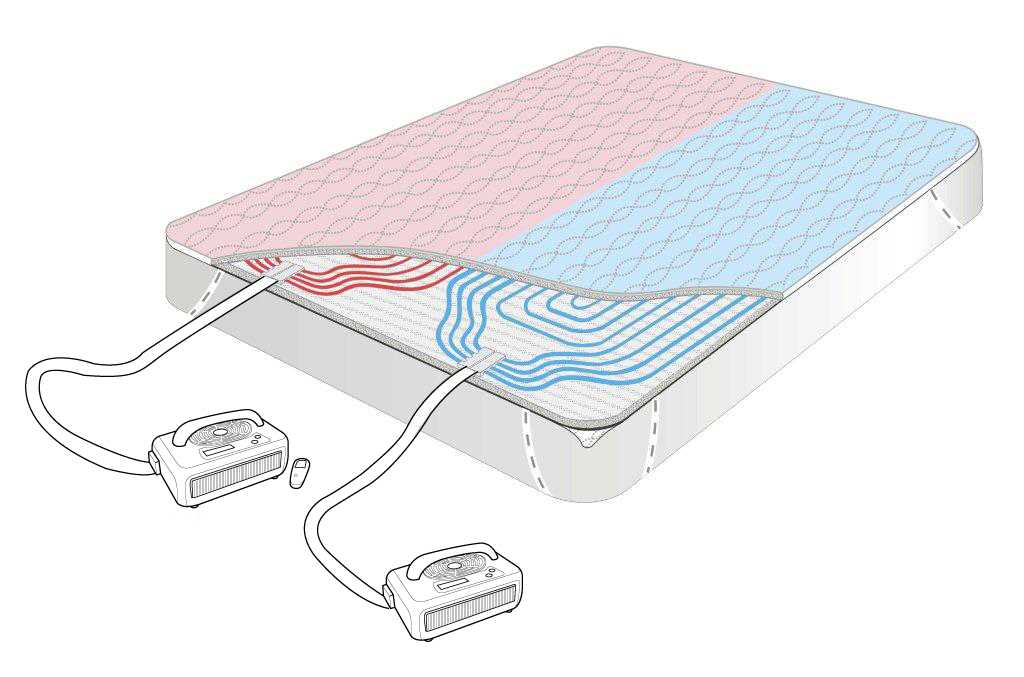1. Poor Lighting
A common mistake in kitchen design is poor lighting, which can make the space feel dark and unwelcoming. Whether it's inadequate overhead lighting or a lack of natural light, a dimly lit kitchen can make it difficult to see while cooking and can even affect your mood. To avoid this pitfall, make sure to incorporate a variety of lighting sources, such as under-cabinet lights, pendant lights, and recessed lighting. Additionally, consider adding windows or skylights to bring in more natural light.
2. Inadequate Counter Space
Another common pitfall in kitchen design is not having enough counter space. This can make it challenging to prep and cook meals, especially if you have a small kitchen. When designing your kitchen, make sure to plan for enough counter space for your needs. This may mean incorporating an island or extending your counter space with a breakfast bar. Don't forget to consider the placement of your appliances and leave enough space for them on the counter as well.
3. Lack of Storage
Storage is essential in any kitchen, yet it's often overlooked in the design process. Not having enough storage can lead to cluttered countertops and difficulty finding items when you need them. When designing your kitchen, think about your storage needs and incorporate cabinets, drawers, and shelves accordingly. Utilize vertical space by installing tall cabinets or adding shelves above your cabinets for additional storage.
4. Choosing the Wrong Layout
The layout of your kitchen can greatly affect its functionality. Choosing the wrong layout can make it challenging to move around and can disrupt the flow of your kitchen. The most common layout mistakes include having a kitchen island that is too large and obstructs traffic, placing the sink too far from the stove, and not leaving enough space for a dishwasher. Consider your kitchen's size and shape when choosing a layout and make sure it allows for easy movement and efficient workflow.
5. Not Considering Workflow
Workflow is an essential aspect of kitchen design, yet it's often overlooked. Workflow refers to the path you take while cooking or preparing food, and it should be as efficient as possible. For example, you wouldn't want your refrigerator to be on the opposite end of your kitchen from your sink and stove, as this would require you to constantly walk back and forth. When designing your kitchen, consider the natural flow of your movements and plan for a layout that optimizes it.
6. Not Planning for Appliances
Appliances are a crucial part of any kitchen, and not planning for them properly can lead to design pitfalls. Make sure to consider the size and placement of your appliances when designing your kitchen. For example, if you have a large refrigerator, you may need to leave more space around it for proper ventilation. Additionally, think about the location of your outlets and make sure they are easily accessible for your appliances.
7. Ignoring Ventilation
Ventilation is often overlooked in kitchen design, but it's an essential aspect for a functional and healthy kitchen. Proper ventilation helps to remove smoke, odors, and moisture from cooking, which can prevent damage to your cabinets and countertops. It's also important for your health, as cooking can release harmful pollutants into the air. When designing your kitchen, make sure to incorporate a range hood or other ventilation system to keep your kitchen clean and safe.
8. Not Considering Maintenance
Another pitfall of kitchen design is not considering the maintenance of the materials and finishes you choose. While certain materials may look beautiful, they may require frequent cleaning or be prone to damage. Consider the level of maintenance you are willing to do and choose materials and finishes accordingly. For example, granite countertops may require periodic sealing, while quartz countertops are low maintenance and easy to clean.
9. Overlooking Safety Concerns
When designing a kitchen, it's crucial to keep safety in mind. Ignoring safety concerns can lead to accidents and injuries, which can be easily prevented with proper planning. Make sure to leave enough space between your stove and cabinets to prevent burns, install slip-resistant flooring, and consider the placement of sharp objects such as knives and utensils. Additionally, make sure to properly install any electrical wiring and outlets to prevent potential hazards.
10. Not Factoring in Budget Constraints
Finally, one of the biggest pitfalls of kitchen design is not factoring in budget constraints. It's easy to get carried away with expensive appliances and high-end finishes, but it's essential to stick to your budget to avoid overspending. Before starting your kitchen design, determine a budget and make sure to research the costs of materials and labor. This will help you make informed decisions and avoid any budgeting surprises.
The Importance of Proper Lighting in Kitchen Design

Pitfalls of Inadequate Lighting
 When it comes to kitchen design, lighting is often overlooked or given little thought. However, inadequate lighting can have a significant impact on the functionality and overall aesthetic of a kitchen. Poor lighting can make tasks such as cooking and cleaning more difficult, and can also affect the mood and ambiance of the space. Here are some common pitfalls of inadequate lighting in kitchen design.
1. Limited Visibility
One of the main problems with inadequate lighting in the kitchen is limited visibility. This can make it difficult to see what you're doing while preparing food, leading to mistakes and accidents. It can also make it challenging to read recipes or labels on food packaging. Poor visibility can also make the kitchen feel dark and unwelcoming.
2. Uneven Lighting
Another issue with inadequate lighting is uneven distribution. If there are only a few sources of light in the kitchen, there may be areas that are too bright or too dark. This can be not only frustrating but also dangerous, as it can create shadows and dark spots that make it difficult to see potential hazards. Uneven lighting can also create an unbalanced and unappealing look in the kitchen.
3. Lack of Task Lighting
Task lighting refers to lighting that is specifically designed to illuminate work areas and make tasks easier. Inadequate task lighting in the kitchen can make it challenging to perform tasks such as chopping, mixing, and cooking. This can not only slow down the cooking process but also increase the risk of accidents. Without proper task lighting, it's also harder to appreciate the true colors of food and ingredients, which can affect the presentation of dishes.
4. Diminished Aesthetic Appeal
Lighting plays a significant role in the overall aesthetic of a kitchen. Inadequate lighting can make the space look dull, uninviting, and outdated. It can also make it challenging to showcase the design elements and features of the kitchen, such as countertops, backsplashes, and cabinets. Proper lighting can enhance the beauty and design of a kitchen, making it a more enjoyable and functional space.
5. Decreased Home Value
Lastly, inadequate lighting in the kitchen can significantly decrease the value of a home. A well-lit kitchen is a desirable feature for potential buyers, as it can make the space feel more welcoming and modern. On the other hand, a poorly lit kitchen can be a major turn-off for potential buyers, leading to a lower resale value.
In conclusion, proper lighting is crucial in kitchen design. It not only affects the functionality and safety of the space but also plays a significant role in the overall aesthetic and value of a home. As such, it's essential to carefully consider and plan the lighting in your kitchen to avoid these pitfalls and create a beautiful and functional space.
When it comes to kitchen design, lighting is often overlooked or given little thought. However, inadequate lighting can have a significant impact on the functionality and overall aesthetic of a kitchen. Poor lighting can make tasks such as cooking and cleaning more difficult, and can also affect the mood and ambiance of the space. Here are some common pitfalls of inadequate lighting in kitchen design.
1. Limited Visibility
One of the main problems with inadequate lighting in the kitchen is limited visibility. This can make it difficult to see what you're doing while preparing food, leading to mistakes and accidents. It can also make it challenging to read recipes or labels on food packaging. Poor visibility can also make the kitchen feel dark and unwelcoming.
2. Uneven Lighting
Another issue with inadequate lighting is uneven distribution. If there are only a few sources of light in the kitchen, there may be areas that are too bright or too dark. This can be not only frustrating but also dangerous, as it can create shadows and dark spots that make it difficult to see potential hazards. Uneven lighting can also create an unbalanced and unappealing look in the kitchen.
3. Lack of Task Lighting
Task lighting refers to lighting that is specifically designed to illuminate work areas and make tasks easier. Inadequate task lighting in the kitchen can make it challenging to perform tasks such as chopping, mixing, and cooking. This can not only slow down the cooking process but also increase the risk of accidents. Without proper task lighting, it's also harder to appreciate the true colors of food and ingredients, which can affect the presentation of dishes.
4. Diminished Aesthetic Appeal
Lighting plays a significant role in the overall aesthetic of a kitchen. Inadequate lighting can make the space look dull, uninviting, and outdated. It can also make it challenging to showcase the design elements and features of the kitchen, such as countertops, backsplashes, and cabinets. Proper lighting can enhance the beauty and design of a kitchen, making it a more enjoyable and functional space.
5. Decreased Home Value
Lastly, inadequate lighting in the kitchen can significantly decrease the value of a home. A well-lit kitchen is a desirable feature for potential buyers, as it can make the space feel more welcoming and modern. On the other hand, a poorly lit kitchen can be a major turn-off for potential buyers, leading to a lower resale value.
In conclusion, proper lighting is crucial in kitchen design. It not only affects the functionality and safety of the space but also plays a significant role in the overall aesthetic and value of a home. As such, it's essential to carefully consider and plan the lighting in your kitchen to avoid these pitfalls and create a beautiful and functional space.





